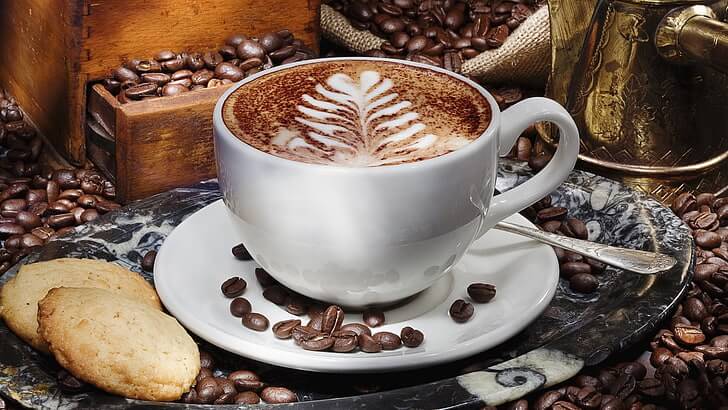The Art and Science of Coffee aroma: Mastering the Perfect Brew
For many people, coffee is an essential part of their daily routine. Whether it’s the first thing in the morning or a mid-afternoon pick-me-up, the aroma of a freshly brewed cup of coffee has the power to awaken the senses and provide a moment of bliss. But there is more to coffee aroma than just a pleasant smell. The art and science of coffee aroma play a crucial role in creating the perfect brew.
The Science of Coffee Aroma
The aroma of coffee is a complex combination of volatile organic compounds that are released during the brewing process. These compounds are responsible for the various scents and flavors that make each cup of coffee unique. The key to mastering the perfect brew lies in understanding these compounds and how they interact with each other.
One of the most important factors that contribute to coffee aroma is the roasting process. During roasting, the green Coffee beans undergo a series of chemical reactions that transform them into the aromatic and flavorful beans we are familiar with. The level of roast, the duration of the process, and the temperature all play a critical role in determining the final aroma of the coffee.
The Art of Coffee Aroma
While the science behind coffee aroma provides a solid foundation, there is also an art to creating the perfect brew. Factors such as the grind size, water temperature, and brewing time all impact the aroma of the coffee. Additionally, the way the coffee is served and the vessel it is served in can also influence the overall sensory experience.
For coffee lovers who want to take their brew to the next level, experimenting with different brewing methods and techniques can be a rewarding endeavor. From French press to pour-over to espresso, each method offers a unique opportunity to explore the nuances of coffee aroma and flavor.
FAQs
What is the best way to store coffee beans to preserve their aroma?
To preserve the aroma of coffee beans, it is important to store them in an airtight container in a cool, dark place. This will help protect the beans from exposure to air, light, and moisture, all of which can degrade the aroma and flavor of the coffee.
How does the grind size of coffee beans affect the aroma of the brew?
The grind size of coffee beans affects the surface area that comes into contact with the water during the brewing process. Finer grinds result in a larger surface area, which can lead to a more intense and aromatic brew, while coarser grinds may produce a milder aroma.
What role does water temperature play in coffee aroma?
The temperature of the water used for brewing coffee can impact the extraction of flavors and aromas from the beans. Generally, water that is too hot can result in over-extraction and a harsh, bitter aroma, while water that is too cold can lead to under-extraction and a weak, lackluster aroma.
Is it true that the shape and material of the coffee cup can affect the aroma of the coffee?
Yes, the shape and material of the coffee cup can influence the release of volatile compounds and the overall sensory experience. For example, a cup with a narrow opening may concentrate the aroma, while a cup made of glass can allow for a more pronounced sensory experience.
What are some tips for enhancing the aroma of my coffee?
One way to enhance the aroma of your coffee is to pre-warm your cup before pouring the brew. This can help to release the aromatic compounds and provide a more intense olfactory experience. Additionally, experimenting with different brewing methods, such as cold brew or Turkish coffee, can offer new and exciting ways to experience coffee aroma.
“All images and products featured on this Blog.troca.cafe are the property of their respective owners. All rights to these materials are acknowledged and reserved.”
